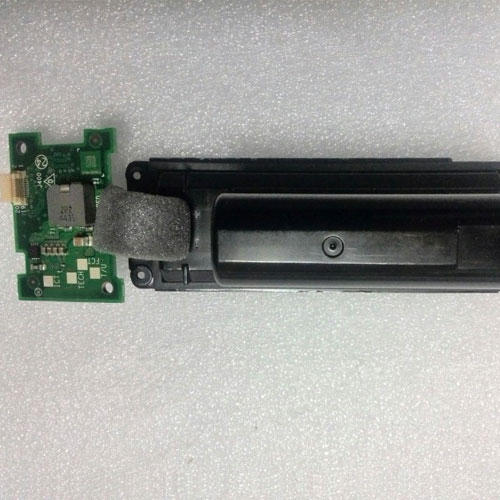The one thing all the experts agree upon is that smartphones are smart enough that they do not let an overload happen. Extra protection chips inside make sure that doesn’t happen in a tablet or smartphone or even a laptop. Once the internal Lithium-ion battery hits 100 percent of its capacity, charging stops. That usually happens within an hour or two, tops.
If you leave the smartphone plugged in overnight, it’s going to use a bit of energy constantly trickling new juice to the battery every time it falls to 99 percent. That is eating into your phone’s lifespan (see below).
The best thing to do: Don’t worry about this too much. Plug the phone in when you go to sleep; if you wake up sometime in the night, unplug it to prevent constant trickle-charging. If you don’t wake much, plug your phone into a smart home outlet that you put on a schedule so it turns off.
Potential problems that could be encountered while charging overnight:
1) It is hot in here? The trickle charge can cause some heating up. Many experts recommend taking a phone fully out of the case to charge overnight. At the very least, do NOT stack a bunch of crap like books or other devices on top of a charging device. And for the love of Jobs, don’t put it under your pillow. Do any of the above and you can expect the phone to get hot—not necessarily enough for spontaneous combustion, but at least enough to damage the battery (see below). If you are afraid of fire, some in the UK recommend leaving the charging device on a dish or saucer while plugged in, or put it on something metal that is more likely to disappate heat, like a heatsink does on the chips inside a PC.
2) Bad Cables. If you’re using a knock-off cable that isn’t from the manufacturer, or at least “certified” in some way (iPhone Lightning cables should be MFi certified, for example), it could be a problem. The cord and connectors may not be up to the specifications needed for the phone or tablet. Don’t skimp by buying chintzy cables.
